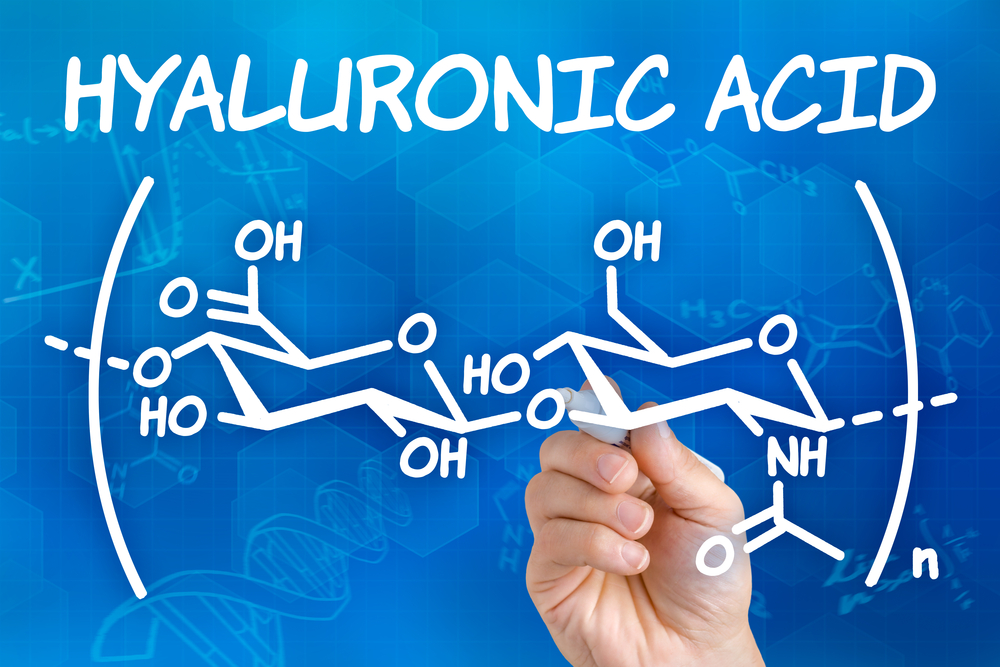Daily Archives: March 21, 2018
What is it? .
Hyaluronic Acid (HA) is classified as a glycosaminoglycan capable of holding up to 1,000 times its weight in water. It is like an enormous sponge. The skin accounts for about half of all the HA found in the entire body. In fact, one reason that hormone replacement treatments sometimes cause the skin to look more youthful and less sun-damaged is because they increase the skin’s HA concentration.
How does it work?
The primary way in which Hyaluronic Acid functions is by reducing water loss from the skin. It acts as a cushion and lubricant in the joints and other tissues. It is a clear substance that is produced by the body naturally and is part of the extracellular matrix (ECM) the skin’s protective barrier. It helps to retain collagen, increase moisture, and provide elasticity and flexibility. In other words, HA keeps us looking young! Many people report that their skin feels “dewier,” that the bags under their eyes diminish and that their skin texture is smoother after applying serums containing hyaluronic acid.
Size and application
The size of different HA molecules is critically important for hyaluronic acid’s various functions. Larger molecules are found in healthy tissue and help keep inflammation, free radical damage and dehydration under control, whereas smaller polymers of HA can send distress signals to the immune system and raise inflammation to help with injury or wound healing. In fact, as well as being a super hydrator, HA is beneficial for treating cold sores, mouth sores, ulcers, bites and burns due to its ability to keep damaged tissue moist. And because it is a naturally occurring substance in the human body there is little risk of a reaction.
Environmental protection
Aging is triggered by both intrinsic and extrinsic factors, meaning daily environmental exposure to pollutants and UV light, along with the normal process of aging. Studies show that there are multiple sites in the skin involved in the control of HA synthesis, deposition, cell and protein association and degradation. As we get older skin cells lose their ability to bind and retain water. Dryness occurs and this is when wrinkling begins. Additionally, wrinkles and fine lines are usually more visible in low humidity compared to high humidity environments because they further reduce the water-holding capacity and elasticity of the skin. Hyaluronic Acid can help all these situations by naturally reducing signs of aging and cutting epidermal water loss associated with environmental exposure and the normal aging process.
Daily use
HA has been referred to as “the key molecule involved in skin moisture” and in the past decade scientists have been able to create technology-advanced HA formulas that are capable of really seeping below the skin’s surface. Recent studies show that topical application of advanced (low molecular weight) HA serums can improve skin moisture and lead to significant reductions in wrinkle depth within just several weeks.
To summarize, Hyaluronic Acid, because of it compatibility with just about every skin condition is a must have tool to add to your beauty box. Look for formulas that have more than one type of HA. This ensures that your skin will benefit topically and also see results at a deeper level over time.




